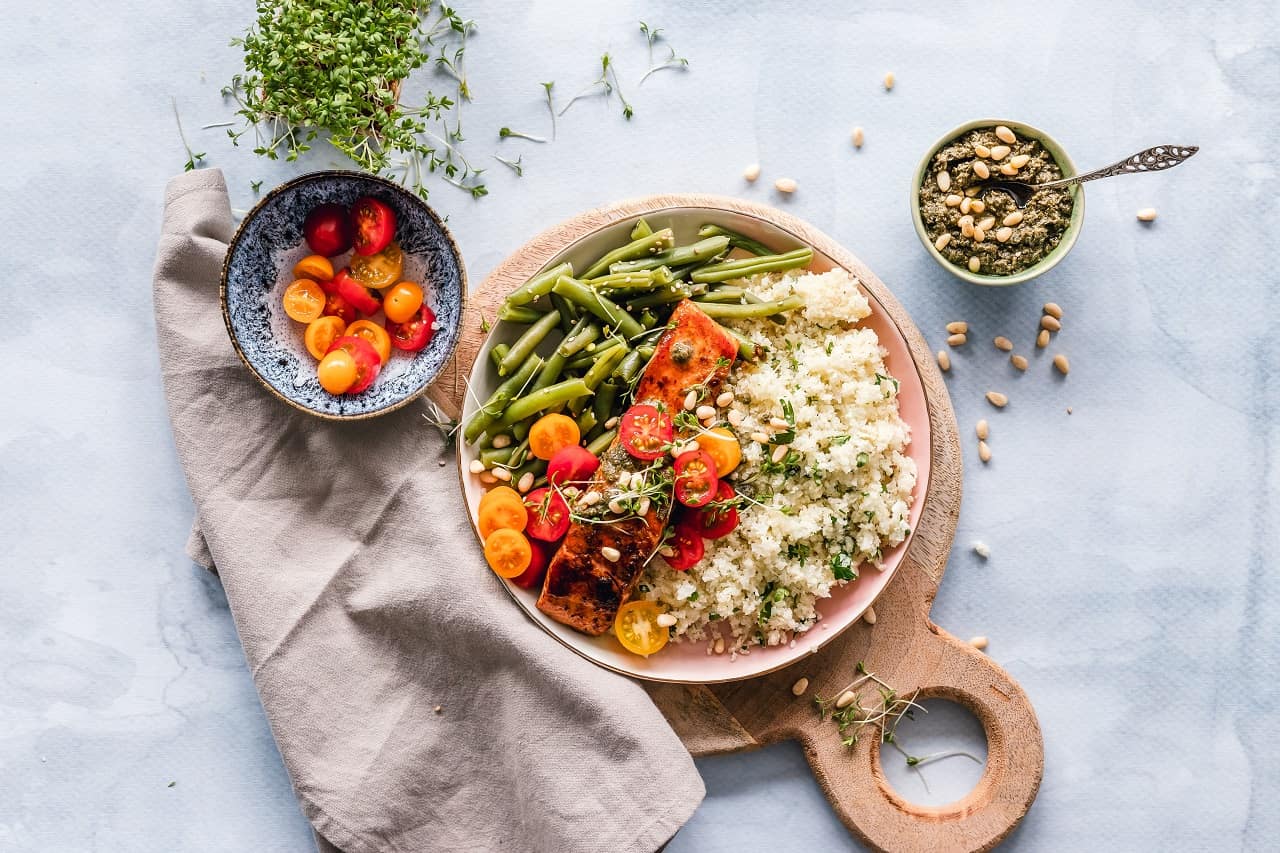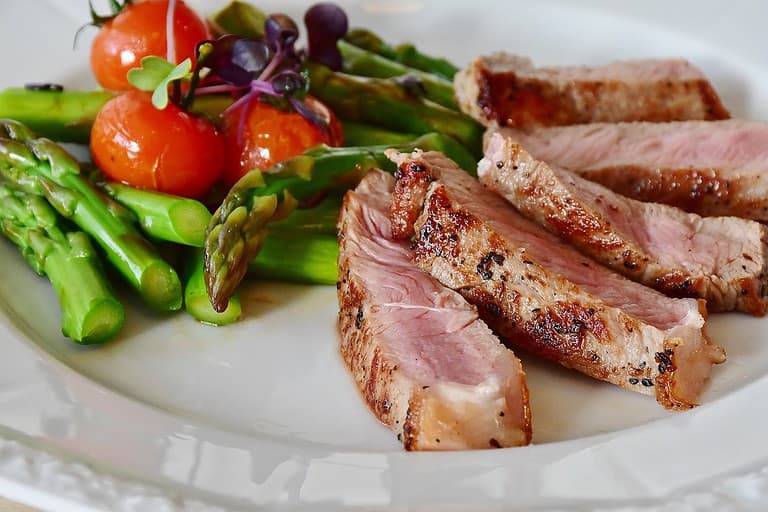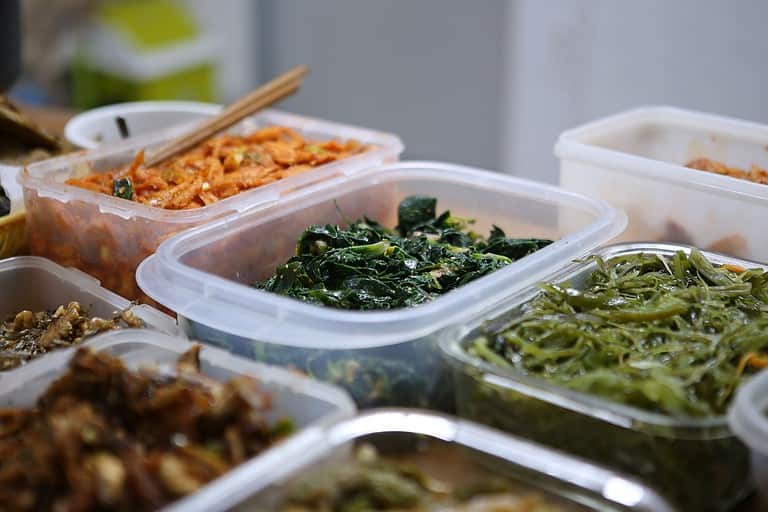Healthy Eating on a Budget: Tips and Tricks
Healthy eating is important for everyone, but it can be challenging to maintain a balanced diet when you’re on a tight budget. Eating healthy on a budget requires planning, smart shopping, and making informed choices about the foods you eat. Fortunately, there are many tips and tricks you can use to eat healthy without breaking the bank.
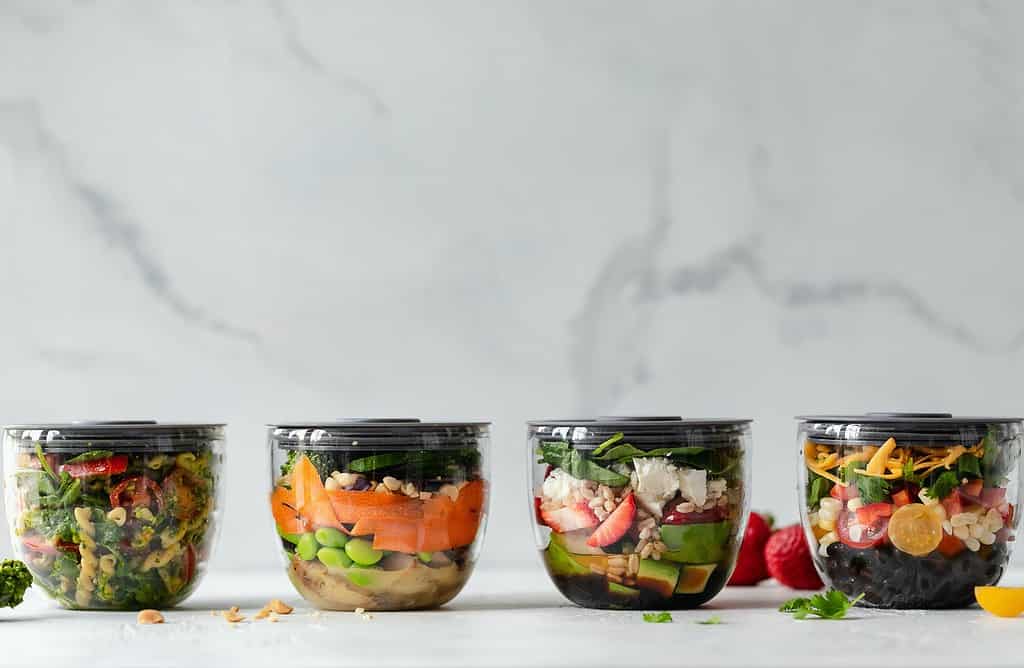
From my experience, one of the most important things you can do to eat healthy on a budget is to plan your meals in advance. This allows you to make a grocery list and stick to it, avoiding impulse purchases and reducing food waste. Shopping wise is also key; look for sales and discounts, buy in bulk when possible and choose less expensive cuts of meat or plant-based protein sources like beans and lentils.
Another important factor to consider when eating healthy on a budget is the nutritional value of the foods you choose. It’s possible to eat cheaply, but not necessarily healthily. Choosing whole foods like fruits, vegetables, whole grains, and lean proteins can help you get the nutrients you need without breaking the bank. By following these tips and tricks, you can eat healthy on a budget and improve your overall health and well-being.
Planning Ahead
One of the most important steps to eating healthy on a budget is planning ahead. This means taking the time to think about what you want to eat for the week ahead and making a grocery list so you don’t overspend or waste food. Here are some tips for successful meal planning:
Meal Planning
When planning meals, aim to include a variety of foods from different food groups. This will help ensure you’re getting all the nutrients your body needs. Consider incorporating plant-based proteins like beans and lentils, as they tend to be more affordable than meat.
Another way to save money is to plan meals that use similar ingredients. For example, if you’re making a stir-fry one night, plan to use the leftover veggies in a salad the next day. This will help reduce food waste and save you money in the long run.
Lastly, don’t forget to plan for snacks! Having healthy snacks on hand can help prevent impulse purchases and keep you on track with your budget and health goals.
Grocery List
Once you’ve planned your meals for the week, it’s time to make a grocery list. Stick to your list as much as possible to avoid overspending or buying unnecessary items. Here are some tips for making a successful grocery list:
- Check your pantry and fridge before heading to the store to avoid buying duplicates.
- Stick to seasonal produce, as it tends to be more affordable and fresh.
- Consider buying in bulk for items you use frequently, like rice or beans.
- Look for sales and coupons to save money on items you need.
By planning ahead and making a grocery list, you can save money and eat healthy on a budget. Plus, you’ll have the satisfaction of knowing you’re taking control of your health and finances at the same time.
Shopping Wise
When it comes to eating healthy on a budget, shopping wisely is key. Here are some tips to help you save money while still getting the healthy foods you need:
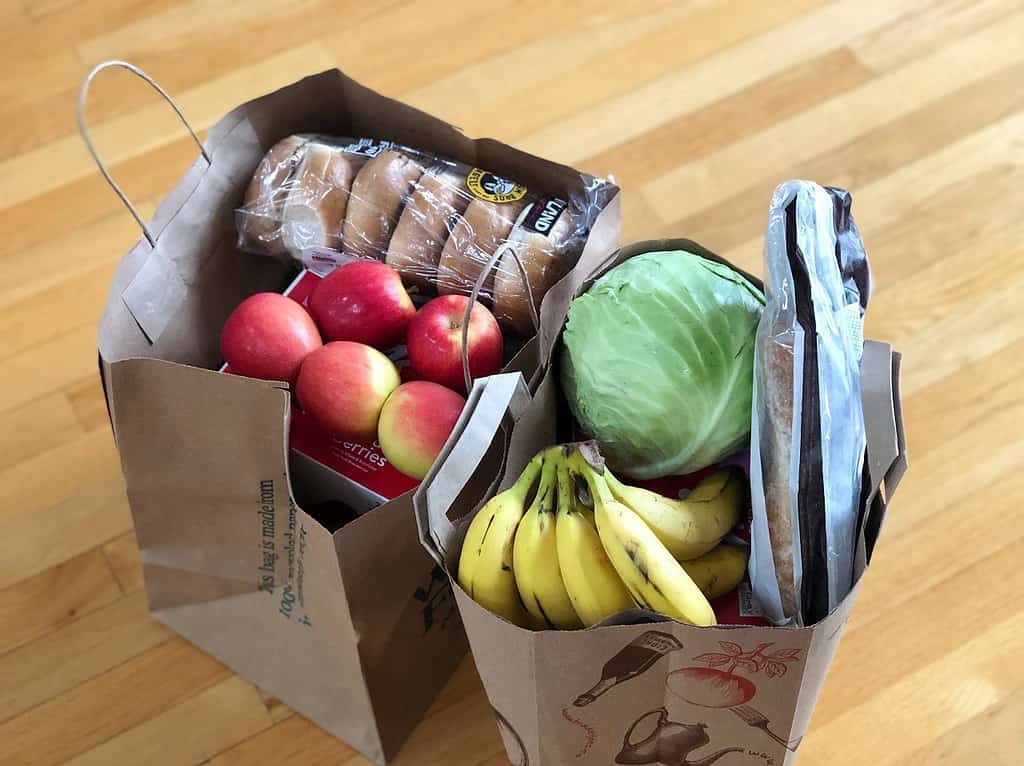
Sales and Discounts
Take advantage of sales and discounts to save money on healthy foods. Check your local grocery store flyers to see what’s on sale each week. Look for discounts on fresh produce, lean proteins, and whole grains. Consider buying in bulk when items are on sale to save even more money.
Another way to save money is to use coupons. Look for coupons in your local newspaper, online, or through store loyalty programs. Just be sure to only use coupons for items you actually need and will eat.
Generic Brands
Consider buying generic or store-brand products instead of name-brand items. These products are often just as nutritious but cost less. Compare the nutrition labels and ingredients of generic and name-brand products to make sure you’re getting the best value for your money.
Another way to save money is to buy generic versions of items that aren’t as important to you. For example, if you don’t care about the brand of canned tomatoes you buy, opt for the generic version and save money.
Seasonal Produce
Buying seasonal produce is another way to save money on healthy foods. When produce is in season, it’s often less expensive because there’s a larger supply. Plus, seasonal produce is often fresher and tastier than out-of-season produce.
Check your local farmers market or grocery store to see what produce is in season. Some examples of seasonal produce include:
- Spring: asparagus, strawberries, peas
- Summer: tomatoes, corn, watermelon
- Fall: apples, pumpkins, sweet potatoes
- Winter: citrus fruits, kale, winter squash
By shopping smart, you can save money while still eating healthy. Take advantage of sales and discounts, consider buying generic brands, and opt for seasonal produce to get the best value for your money.
Cooking at Home
Cooking at home can be a great way to save money and eat healthy. When you cook at home, you control the ingredients and portion sizes, which can help you make healthier choices and avoid overeating. Here are some tips for cooking healthy meals on a budget:

Batch Cooking
Batch cooking is a great way to save time and money. By cooking large batches of food at once, you can save money on ingredients and have leftovers for future meals. Here are some batch cooking ideas:
- Cook a large pot of chili or soup and freeze individual portions for future meals.
- Roast a whole chicken or turkey and use the leftovers for sandwiches, salads, or casseroles.
- Cook a big batch of rice or quinoa and use it as a base for meals throughout the week.
Leftovers
Don’t let leftovers go to waste! Instead, use them to create new meals throughout the week. Here are some ideas:
- Turn leftover roasted vegetables into a frittata or quiche.
- Use leftover chicken or beef to make tacos, burritos, or stir-fry.
- Make a big salad and use leftover grilled or roasted vegetables, chicken, or fish as toppings.
Simple Recipes
You don’t need to be a gourmet chef to cook healthy meals at home. Simple recipes can be just as delicious and nutritious. Here are some ideas:
- Grill or roast a variety of vegetables and serve with a side of brown rice or quinoa.
- Cook a simple pasta dish with whole wheat pasta, canned tomatoes, garlic, and olive oil.
- Make a big pot of vegetable soup with canned or frozen vegetables, beans, and broth.
Eating Out
Eating out can be challenging when trying to maintain a healthy diet on a budget. However, there are ways to make healthier choices without breaking the bank. Here are some tips for eating out on a budget.
Fast Food Alternatives
Fast food is often cheap and convenient, but it can be high in calories, fat, and sodium. Instead of heading to the drive-thru, consider these alternatives:
- Subway: Choose a 6-inch sub with lean protein, such as turkey or chicken, and load up on veggies. Skip the cheese and mayo to save calories and fat.
- Chipotle: Opt for a burrito bowl with brown rice, black beans, grilled chicken or steak, and plenty of veggies. Skip the sour cream and cheese to save calories and fat.
- Panera Bread: Choose a half sandwich with a side salad or soup. Look for options with lean protein, such as turkey or chicken, and plenty of veggies.
Healthy Options
Many restaurants now offer healthier options on their menus. Look for dishes that are grilled, baked, or steamed instead of fried. Choose lean proteins, such as chicken, fish, or tofu, and load up on veggies. Here are some other tips for making healthier choices when eating out:
- Avoid dishes that are creamy or cheesy, as they are often high in calories and fat.
- Ask for dressings and sauces on the side, so you can control how much you use.
- Choose whole grain options, such as brown rice or whole wheat pasta, over refined grains.
- Drink water or unsweetened tea instead of sugary drinks.
By making these simple changes, you can enjoy eating out without sacrificing your health or your budget.
Conclusion
Healthy eating on a budget is possible, as long as you are willing to plan ahead, make wise choices, and stick to your budget. With a little creativity and some helpful tips, you can enjoy nutritious and delicious meals without breaking the bank.
Remember to prioritize nutrient-dense foods like fruits, vegetables, whole grains, and lean proteins, and avoid processed and packaged foods that are often high in calories, sugar, and sodium. Shop in-season and buy in bulk to save money, and don’t forget to take advantage of coupons, sales, and discounts.
Meal planning and preparation can also help you stay on track and avoid impulse purchases. Set aside time each week to plan your meals, make a grocery list, and prep ingredients in advance. This will not only save you time and money, but also help you make healthier choices.
Finally, don’t be afraid to get creative in the kitchen. There are plenty of affordable and nutritious ingredients that can be used in a variety of ways. Experiment with different flavors and cuisines, and have fun exploring new recipes and cooking techniques.

